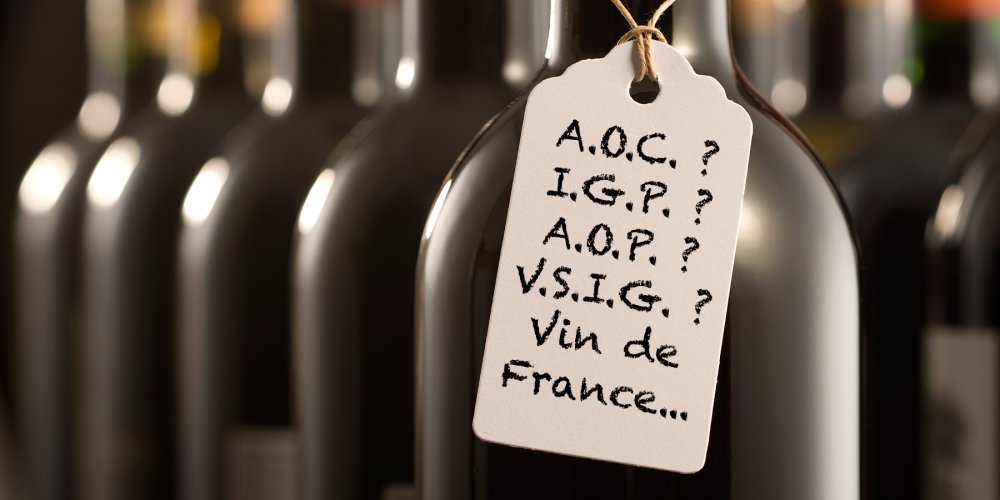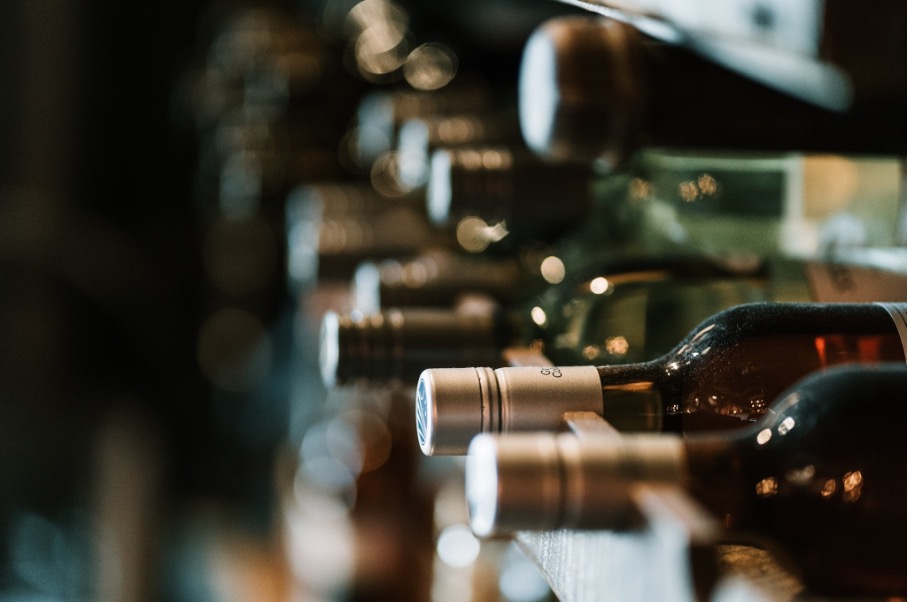In today's tight economic climate, finding a good wine for less than 10 euros is becoming a frequent quest. Many people think that low prices necessarily mean poor quality. However, with the right buying practices and a minimum knowledge of the regions, it's possible to unearth some real nuggets.
If you're interested in wine-related articles, download our app for IOS or Android. It will give you access to our wine lexicon, our articles and our innovative solution, designed for all wine consumers and collectors.
Understanding what determines the price of a wine
The price of a bottle doesn't just reflect its quality. It also depends on many external factors. For example, the cost of labor, distribution costs, packaging and the reputation of the winery all have a strong influence on the final price. A good wine costing less than 10 euros can exist, especially when a winemaker limits the number of intermediaries.
Some producers rely on short circuits. This enables them to offer a selection of affordable wines without compromising on quality. Others take advantage of a little-known but promising appellation, often more accessible than the classic regions.
Better a good vin de pays than a bad AOC

The reflex to systematically buy an AOC can be misleading. Many inexpensive quality wines are actually vins de pays or IGP. These denominations, more flexible in terms of production, sometimes allow for more audacity and modernity. Some young winemakers find that they have the freedom to express their style.
This doesn't mean that all AOCs should be avoided under 10 euros. But you need to know how to analyze each bottle without stopping at the label. An IGP from the South-West or Languedoc can compete with much more expensive AOCs.
Focus on lesser-known regions
When it comes to affordable wine selection, certain regions stand out. The Languedoc, Gascony and the southern Côtes du Rhône are full of good deals. These regions often offer excellent value for money. The terroirs are rich, the volumes large, and the competition pushes winemakers to outdo themselves.
The Loire is also a great alternative. Appellations such as Saumur, Touraine and Muscadet offer straightforward, easily digestible and highly accessible wines. These wines are often appreciated for their freshness and versatility at the table.
Rely on wine merchants and wine fairs
To buy a good wine for less than 10 euros, it's best to avoid the classic supermarkets. Independent wine merchants or specialized online boutiques often offer better selections. These professionals taste the bottles themselves and can advise you according to your tastes.
Wine fairs are another good opportunity. More expensive wines are sometimes sold at knock-down prices to clear stock. Be careful, however, not to be seduced by promotions alone. A word of advice: set a budget and check the reviews before you buy.
Learn to read a label and identify the right signals
Spotting a quality inexpensive wine requires a minimum of curiosity. Certain information on the label can give you an initial idea. The name of the estate, the vintage, the geographical origin or the words "bottled at the estate" are useful clues.
A recent vintage is not necessarily a defect. Young reds can be pleasant, fruity and easy to drink. Similarly, some whites and rosés are best enjoyed young.
Compare online and taste for yourself
The Internet is full of wine blogs, forums and review platforms. Comparisons help to build up a selection of affordable wines according to consumers' tastes. Some sites rate wines under 10 euros and regularly share their discoveries.
But there's no substitute for tasting. Forming your own palate remains the best way to judge. Buying several bottles in this price range, and comparing them with friends, allows you to refine your preferences.
Here are a few examples of wines under 10 euros that are well worth a visit

To illustrate this point, here is a selection of affordable wines often recommended by enlightened wine lovers:
A red Corbières from Château La Bastide: supple, fruity, ideal with grilled meats.
A Côtes-du-Rhône from Maison Ogier: balanced, accessible and very well vinified.
A Muscadet Sèvre-et-Maine sur lie: perfect with seafood.
A Gascony Colombard-Ugni Blanc: lively, aromatic and very refreshing.
A red Gaillac from Domaine Rotier: delicious and typical of the southwest.
The label doesn't make the wine, and pleasure isn't always expensive either.
Finally, buying a good wine for less than 10 euros is all about the desire to discover. You have to dare to get off the beaten track, trust certain forgotten terroirs, and listen to sound advice. Not all great wines offer more emotion than a good wine that's simple, well-made and shared at the right moment.
The price of a wine does not always reflect its taste. The proof: many wine professionals often find more pleasure in modest but well-balanced bottles.
What's important is that the price, the pleasure and the moment of consumption are consistent. At 8 euros, a convivial, well-crafted, flawless wine is well worth the purchase.
If you enjoyed this article, please read the following one "How to match wine and Nordic cuisine"which may also be of interest to you!





